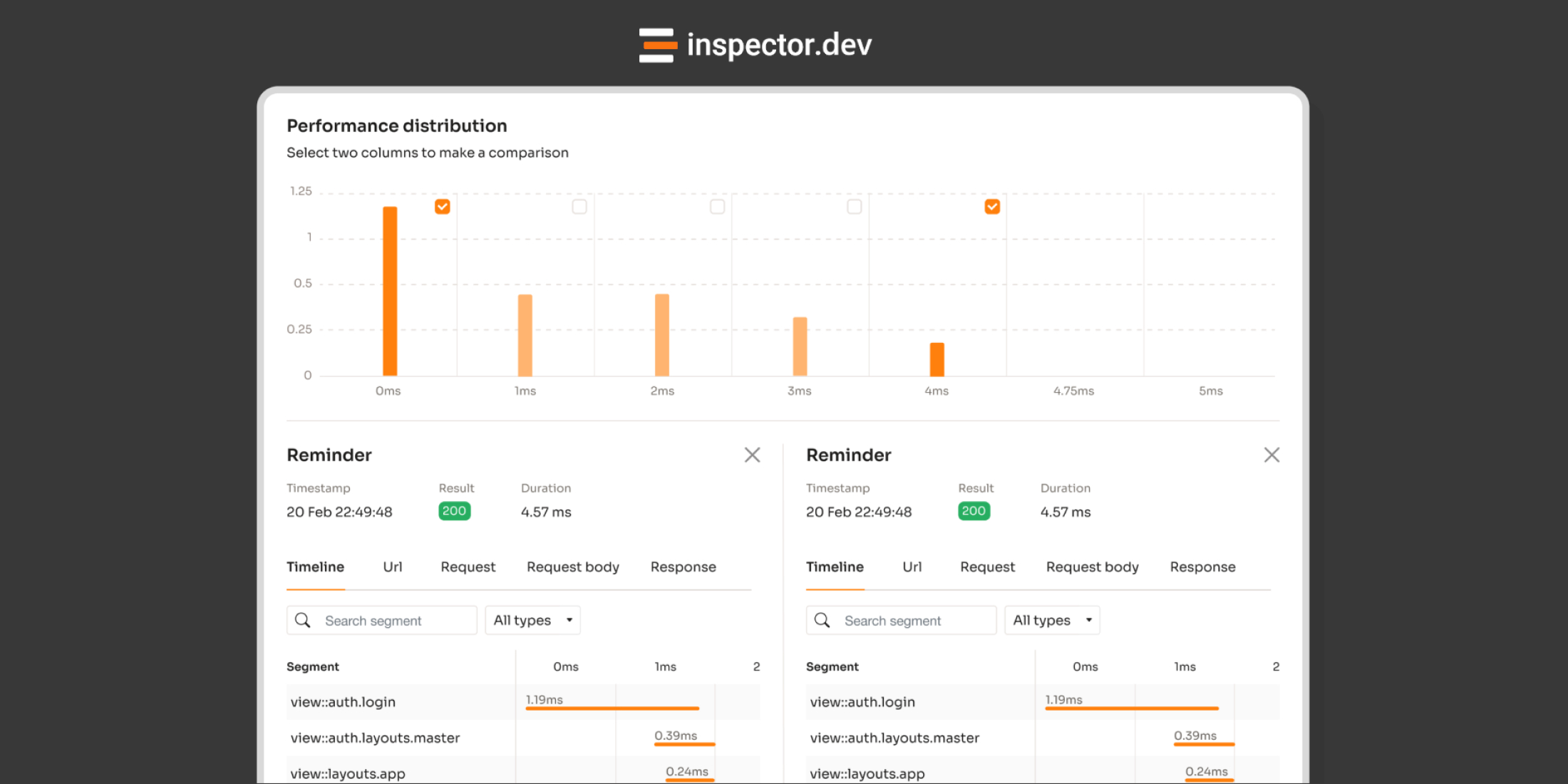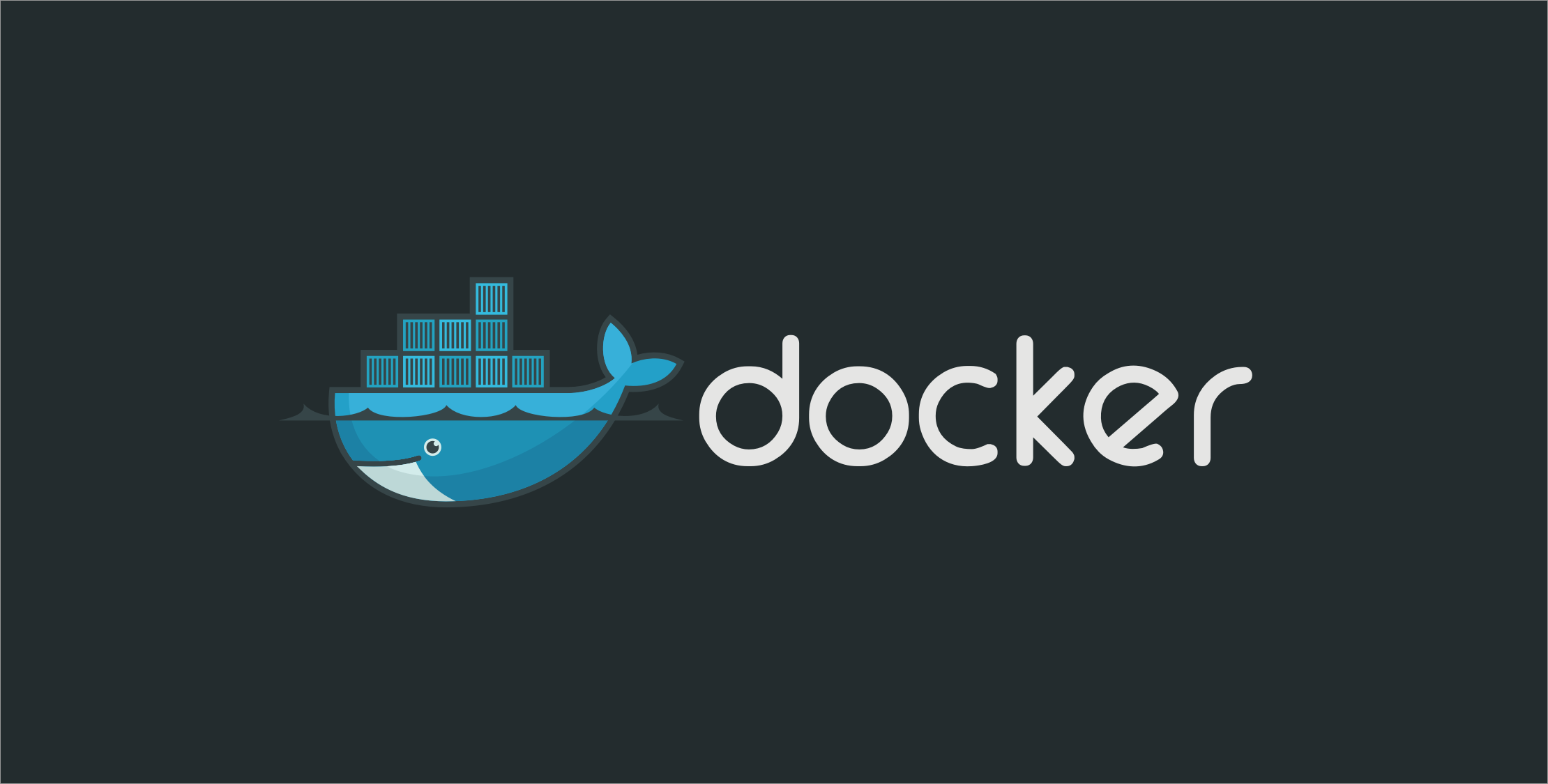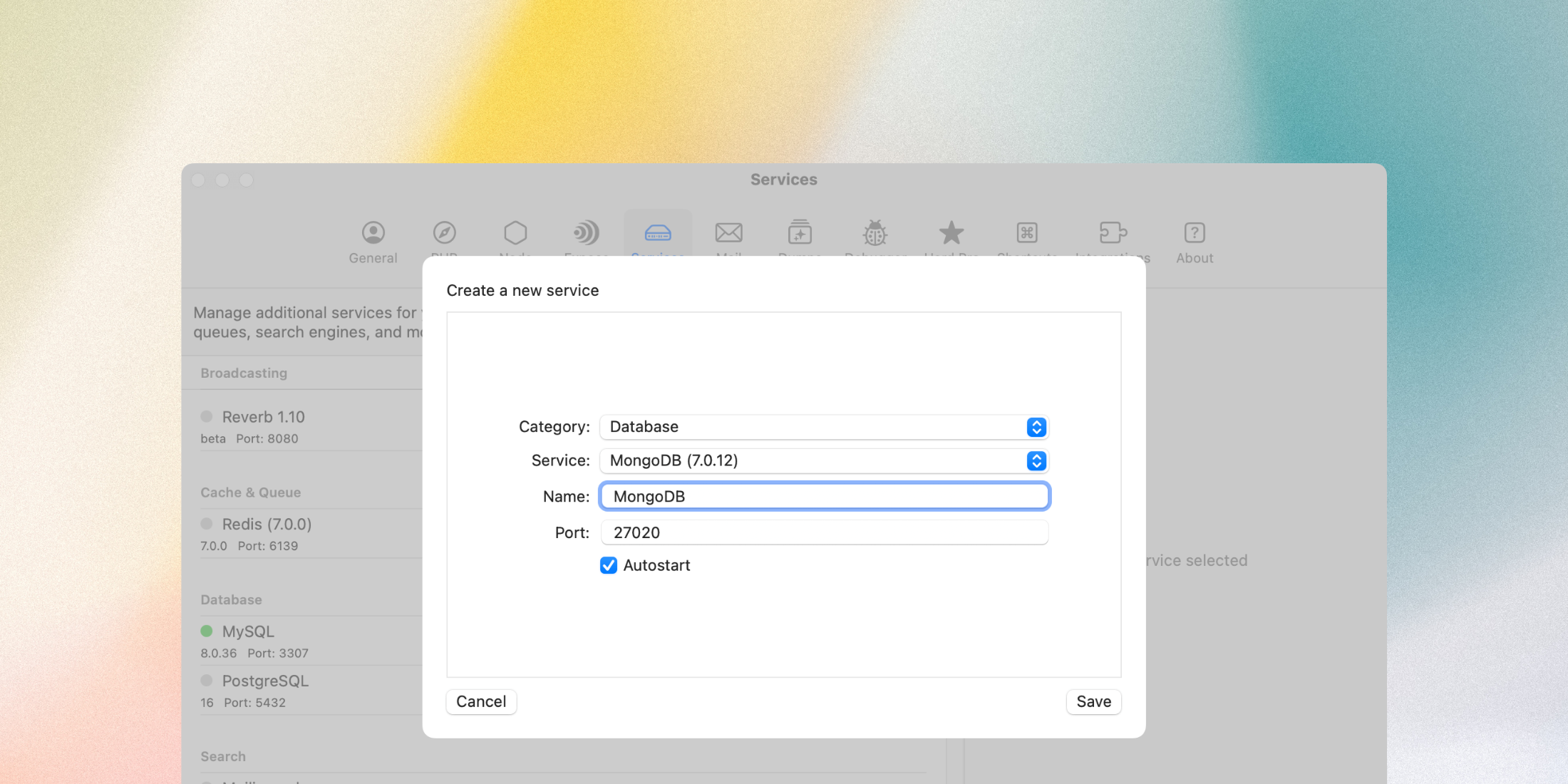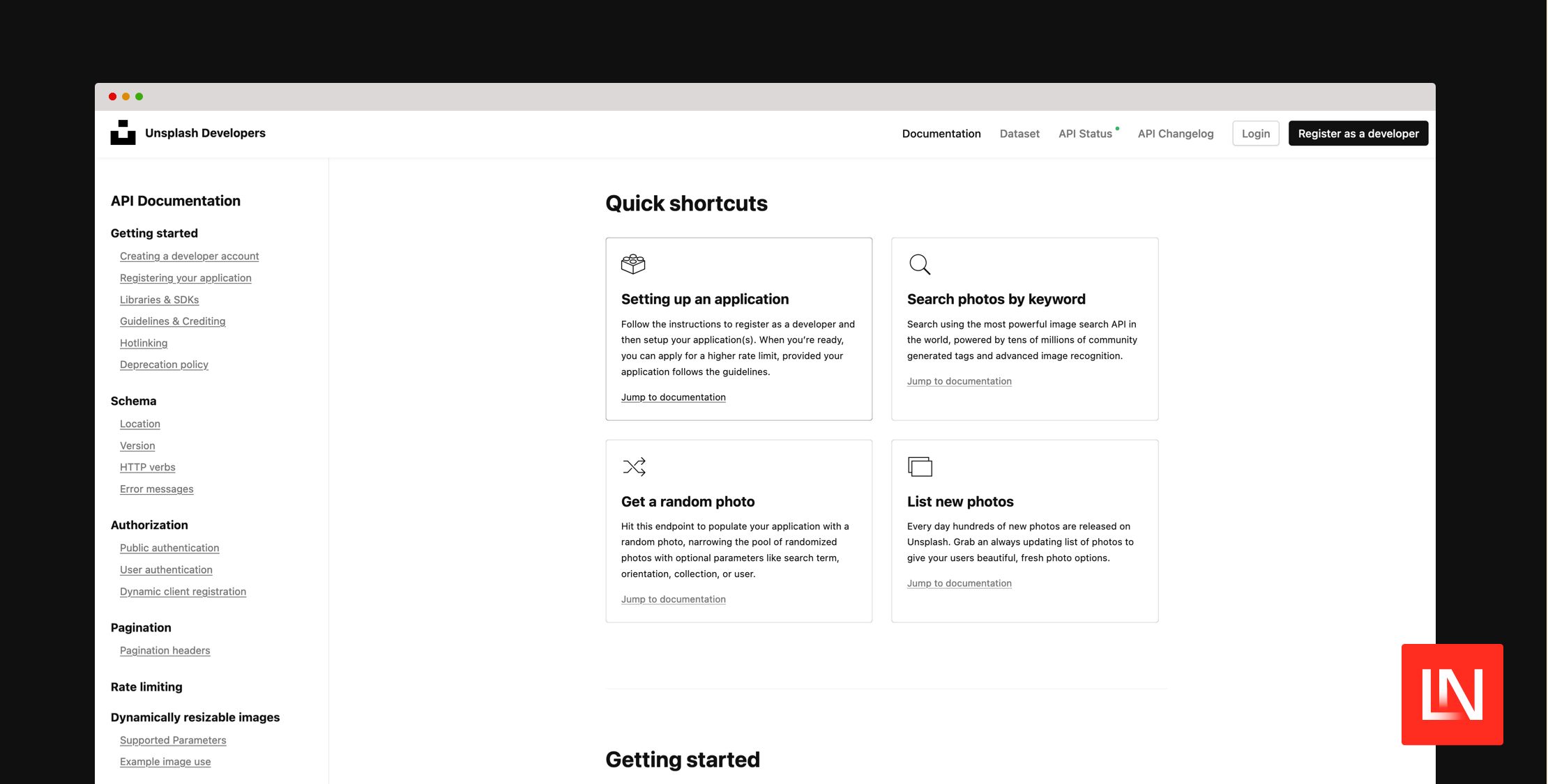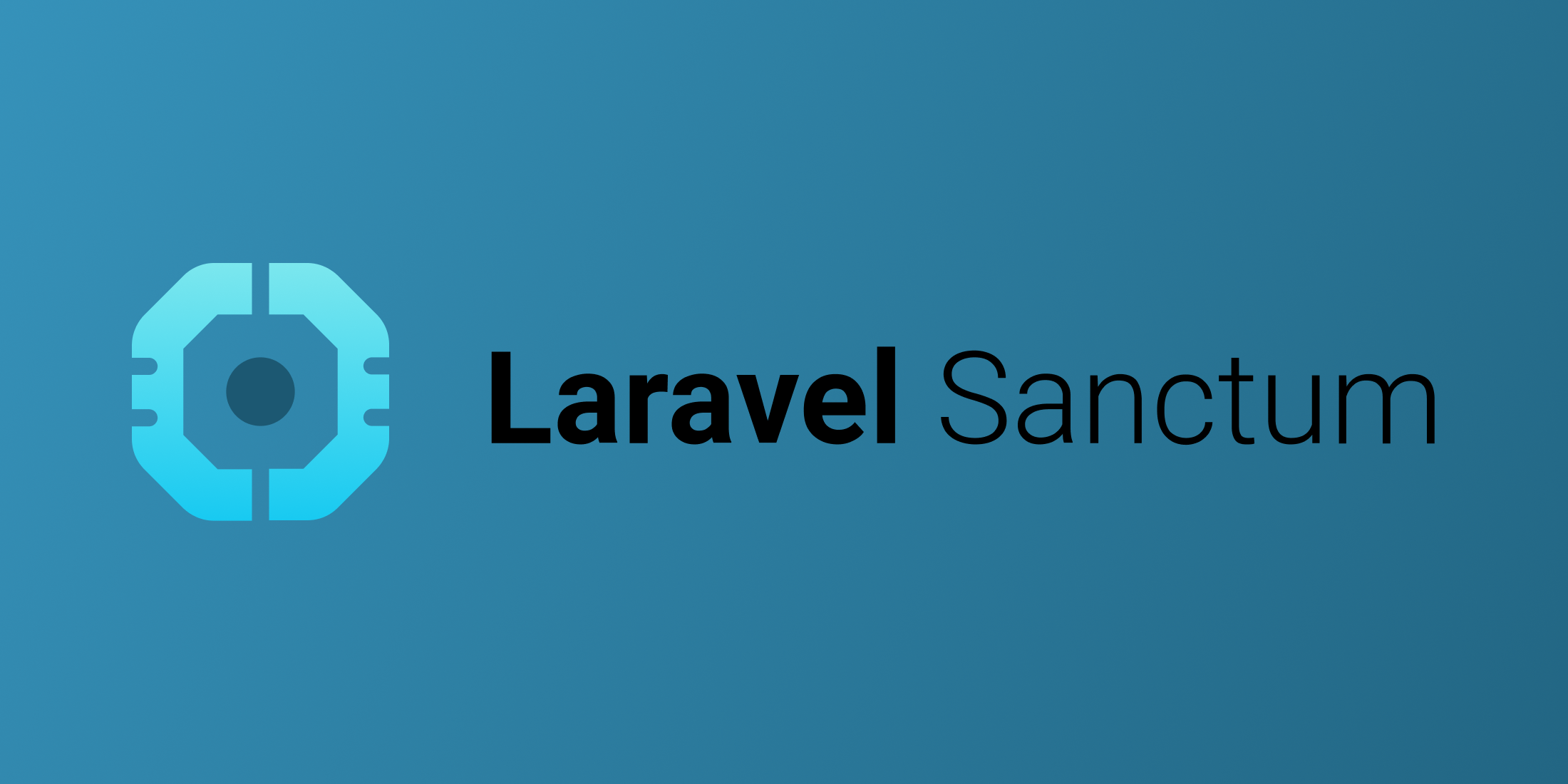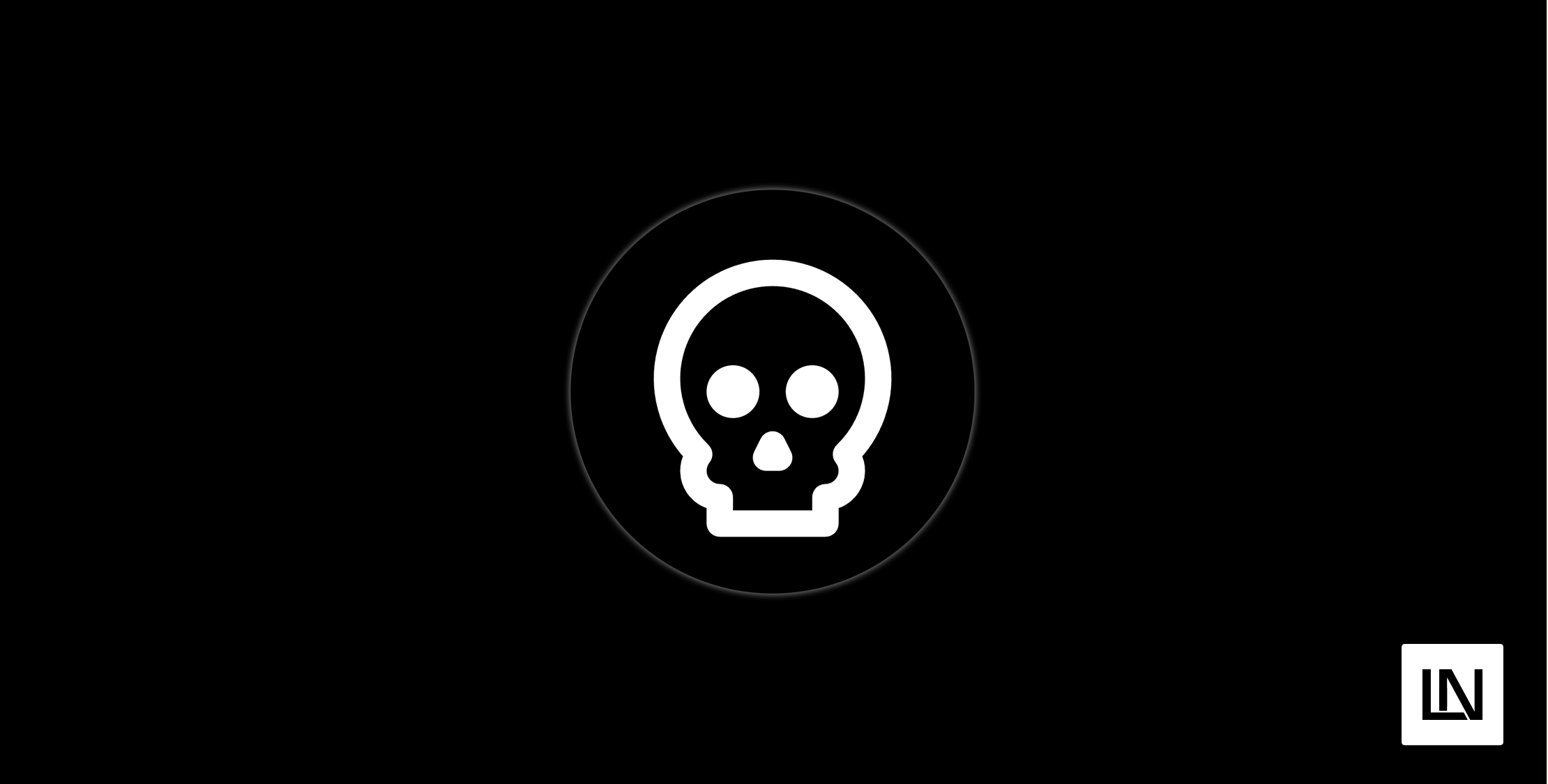In this article I would share my experience working in the monitoring industry by providing some insights for the following questions about observability and monitoring:
- Is observability the same as monitoring?
- What is the difference between observation and monitoring?
- What is the right tool for each specific monitoring problem?
I launched Inspector three years ago as a side project, and now it is a bootstrapped company with customers in more than twenty countries. Even today, I talk to developers nearly every day about their monitoring needs, and I continue to learn from other developers at all levels.
If you search for monitoring solutions on Google you'll find tons of tools. Many of them look like (or sold as) application monitoring tools, but they have nothing to do with application monitoring. These similarities can make it difficult to figure out which was the right tool according to your specific needs.
Why Monitoring & Observability Matter
The time many developers feel the need to take their applications under control often coincides with when they first start working on a medium/large project.
The reason is simple: when your software becomes complex, or serves highly valuable customers, software bugs become expensive; doubly so when your customers find them! Customers may rate you as unreliable and search for alternatives.
Monitoring is the way for developers to avoid unexpected incidents and retain customers or contracts as long as possible – which means stable income for your business over time.
Today it may not be so easy to navigate the world of monitoring, probably because so many different data can be used in so many different ways.
Is observability the same as monitoring?
Depends on the context. These two words are used interchangeably based on the type of system you have.
Monitoring is the master category of all these tools and platforms. It refers to the software-focused control activity, in which you collect data to visualize what your application is doing during its normal operations. The ultimate benefit is getting alerts and notifications when an anomaly occurs.
Instead observability is a centralized monitoring for highly complex systems. It is monitoring in a large-scale scenario, where fulfilling a request requires going through dozens of servers and subsystems.
This is a typical enterprise use case, where the company has to monitor not only applications but also the behavior of the entire infrastructure, external systems, microservices, etc, in one centralized environment.
What is the difference between observation and monitoring?
I believe that focusing on the definitions "observability vs monitoring" is totally wrong. They represent the same job to be done. Probably many engineers could turn up their noses at my statement. But your customers don't know which monitoring approach you are using. Your focus should be on being a success!
There are many activities in the developers workflow that are functional to their main goal, but are not THE goal. Monitoring is clearly one of them.
So many companies that create dev tools forget this simple fact. Otherwise available products are targeted for too complicated scenarios that are out of scope for small to medium teams. Resulting in not affordable solutions.
You should look at the characteristics of your software environment and take in consideration two main variables: complexity and costs.
After more than ten years of experience in the monitoring industry I have seen just a few companies able to approach monitoring as holistically as the concept of observability suggests. Typically big companies with a lot of financial and human resources.
From all the feedback listened in these years working in Inspector, the most important feature for developers is alarms. The platform's ability to integrate with their work environment and automatically notify errors and bottlenecks.
Probably the tool you choose must master this feature to have the best chance of being satisfied.
Clearly it can depend on the set of data collected by the tool. If you are curious, I wrote an article to help you better understand what is the right tool for each specific monitoring problem:
https://inspector.dev/how-code-execution-monitoring-can-help-you/
Having a Good Reason!
Assuming that "If a holistic approach is good for Netflix, it's good for us!" That is the biggest reason why you should avoid it.
You must have a clear vision and goals of what you are trying to achieve. You should closely identify which benefits you are looking for in your team, and scale up gradually.
New to Inspector? Try it for free now
Are you responsible for application development in your company? Consider trying my product Inspector to find out bugs and bottlenecks in your code automatically. Before your customers stumble onto the problem.
Inspector is usable by any IT leader who doesn't need anything complicated. If you want effective automation, deep insights, and the ability to forward alerts and notifications into your preferred messaging environment try Inspector for free. Register your account.
Or learn more on the website: https://inspector.dev

Eric is the creator of Laravel News and has been covering Laravel since 2012.

